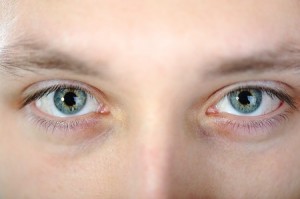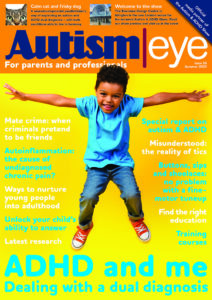More attention needs to be paid to helping young people with autism to read facial expressions in other people, according to a new study.
 Cambridge University led research involving 400 men and women with autism in order to give insight into the ‘mind-reading’ skills of people on the autism spectrum.
Cambridge University led research involving 400 men and women with autism in order to give insight into the ‘mind-reading’ skills of people on the autism spectrum.
The study group took a ‘Reading the Mind in the Eyes’ test. According to Cambridge University, it is “an advanced ‘theory of mind’ or empathy test, designed to reveal subtle individual differences in social sensitivity.
“It particularly measures the ‘cognitive’ component of empathy, that is, the ability to recognize or infer someone else’s state of mind.”
In typical individuals, women taking part in the test on average score higher than men in reading facial expressions, while both sexes perform better on average than people with autism.
In the new study, the typical sex difference in reading facial expressions was absent. Women and men with autism both showed an extreme of the typical male pattern on the test.
This result was in line with Cambridge University research that supports the ‘extreme male brain’ theory of autism.
The study involved showing the participants photographs of people’s eyes. They were asked to choose one of four words that best described the emotions and thoughts that lay behind the images of the eyes in the photographs.
The study was led by Professor Simon Baron-Cohen, director of the Autism Research Centre at the University of Cambridge.
Dr Carrie Allison, co-author of the study, said: “Imagine looking at people’s eyes and not being able to ‘read’ them effortlessly and intuitively for what the other person might be thinking or feeling.”
In Allison’s view, the research has the potential to explain why children with autism, from a very early point in development, avoid looking at people’s eyes.
She said that the avoidance of eye contact may be a marker for the early onset of empathy difficulties in autism, and may also contribute to exacerbating them.
Allison suggested that teaching children with autism how to read facial expressions non-verbally should become an important clinical focus for future research and practice.
The study was published in the journal PLOS ONE.
Published: 11 September 2015















